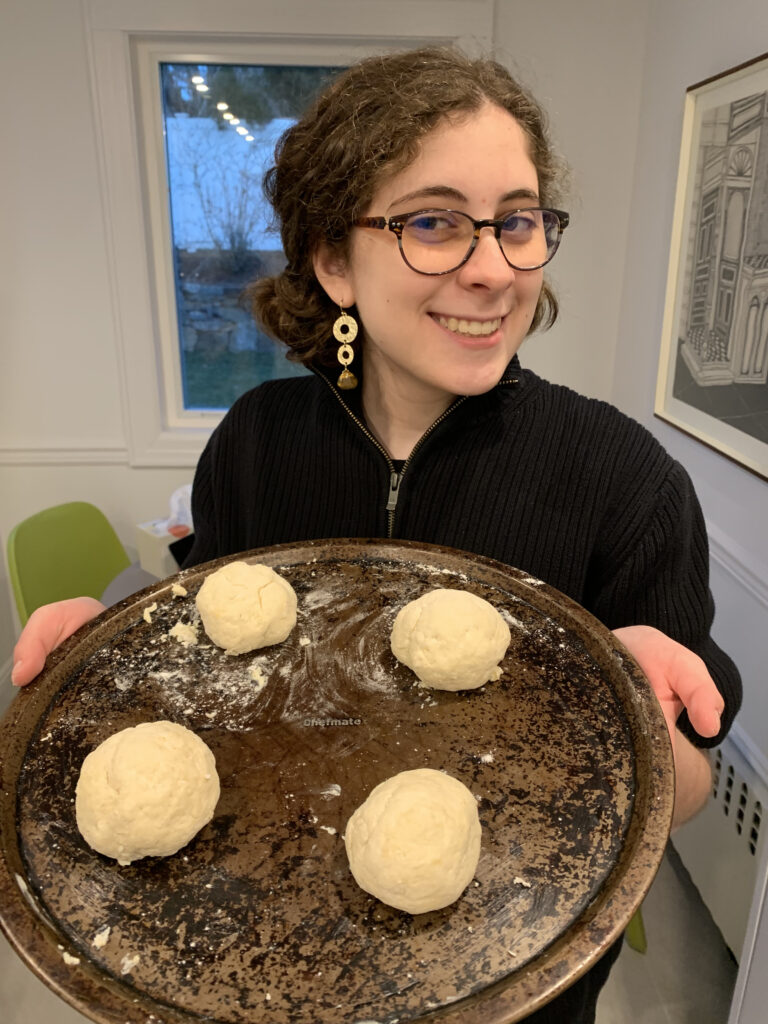Pompeii: Can Love Transcend Disaster?
Over spring break, I chose to watch the movie Pompeii because I have always been a fan of disaster movies. This movie mainly takes place in 79 AD and is based on the eruption of Mount Vesuvius that destroyed the city of Pompeii. The film opens showing a tribe of Celtic horsemen being slaughtered by an army of Romans led by general Corvus in northern Britannia. A young boy, Milo, is the only survivor of the massacre and is eventually captured by slave traders. The next scene features a grown up Milo and it is evident that he has been trained in gladiator fighting. Known as the Celt, Milo performs well and is taken with other slaves to Pompeii. On the journey, a horse falls and injures itself while carrying Princess Cassia. Milo ends the horse’s suffering and it is obvious that Milo and Cassia are drawn to each other. Once he arrives in Pompeii, Milo is taken to the dungeons and befriends fellow gladiator, Atticus, who needs only one more victory in order to earn his freedom. The gladiators are then taken to a party, in which Corvus is in attendance. It is clear that Corvus wishes to marry Cassia.
At the party, Milo and Cassia are caught on a horse ride together and Corvus only spares Milo’s life at the request of Cassia, although he still receives fifteen lashes as punishment. The following day, the gladiators are chained and forced to fight dozens of Roman soldiers in the arena. Atticus and Milo survive, however, Cassia is forced to agree to marry Corvus during the battle. Shortly after, Mount Vesuvius begins to erupt, spewing ash and fire everywhere. In the chaos that ensues Milo finds Cassia and a tsunami forms, further devastating the city. Atticus finally reunites with Milo, while Cassia is captured by Corvus. In the midst of the eruption, Milo and Atticus fight a group of Roman soldiers as Corvus attempts to flee with Cassia. Milo saves Cassia from Corvus and the two try to escape to the hills. However, it soon becomes clear that they cannot outrun the destruction and Milo and Cassia die in each other’s arms as they are enveloped in fiery ash.
In this movie, it is evident that love cannot transcend such disasters, as none of the characters manage to escape the destruction of Mount Vesuvius. Pompeii lacked an original plot and there was minimal character development. Although I started this movie with low expectations, somehow I was still disappointed with this disaster film. Of all of the disaster movies I have seen, this one was probably the worst. The three natural disasters that ravaged Pompeii and intense fight scenes did little to improve this cheesy romance and the film’s subpar acting. I would not recommend this movie to anyone, unless they are prepared to sit through two hours of an unsatisfactory and overplayed story of two unlikely, yet lovestruck characters.

